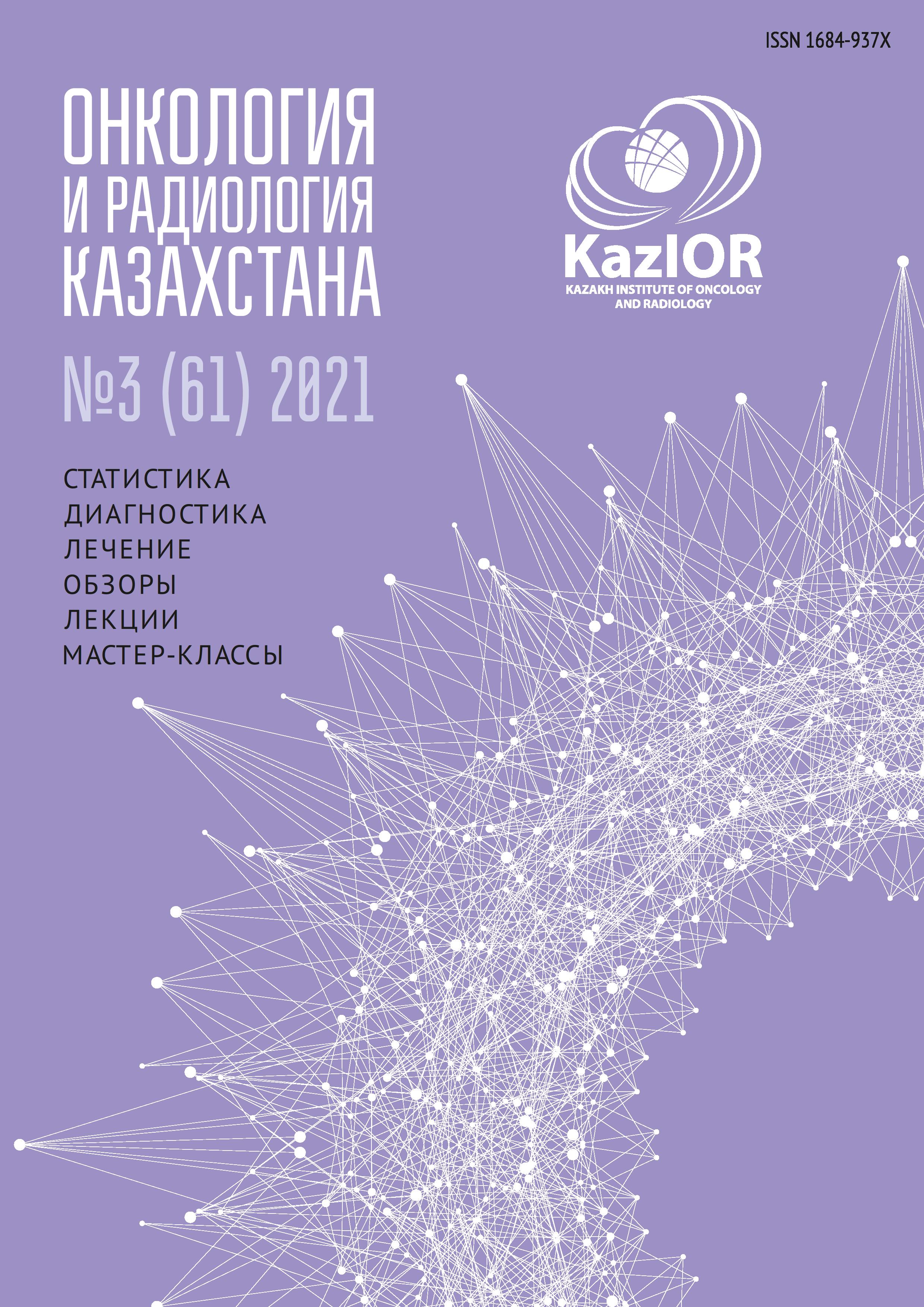Surgical treatment of children with liver tumors: laparoscopic resections
Keywords:
pediatric oncology, surgery, laparoscopy, surgical oncology, hepatoblastoma, liver, laparotomyAbstract
Introduction. One of the main methods of treating patients with liver neoplasms is surgical. At the same time, minimally invasive surgical techniques facilitate the course of the postoperative period and rehabilitation.
Aim. Selection of the optimal surgical treatment of children with liver tumors.
Results. In 2014 - 2020 years in Morozov Children's Clinical Hospital treated 25 patients aged 0 - 17 years with liver tumors, of which 16 (64%) boys and 9 (36%) - girls. Patients with hepatoblastomas - 17 (68%), with hepatocellular cancer, embryonic liver sarcomas and focal nodular hyperplasias - 2 (8%) each, with adenoma and hamartomas - 1 (4%) each. In the morphological picture, hepatoblastoma was more common (16 patients). Performed 25 liver resections, of which 5 (20%) patients (age 3 - 9 years) used minimally invasive technologies. The duration of operations in the group of patients operated on by the laparoscopic approach did not exceed 60 minutes, the volume of intraoperative blood loss did not exceed 10 ml / kg, and there were no intraoperative complications. In the group of patients operated on using open access, intraoperative complications were observed in 2 (8%) cases: death (4%) and damage to the extrahepatic biliary tract (4%).
Conclusion. The use of laparoscopic technologies made it possible to shorten the operation time, reduce the volume of blood loss and prevent the development of complications both intraoperatively and in the postoperative period, shorten the duration of inpatient treatment, start early patient mobilization, enteral load, chemotherapy, reduce drug load, and carry out radical surgery.

